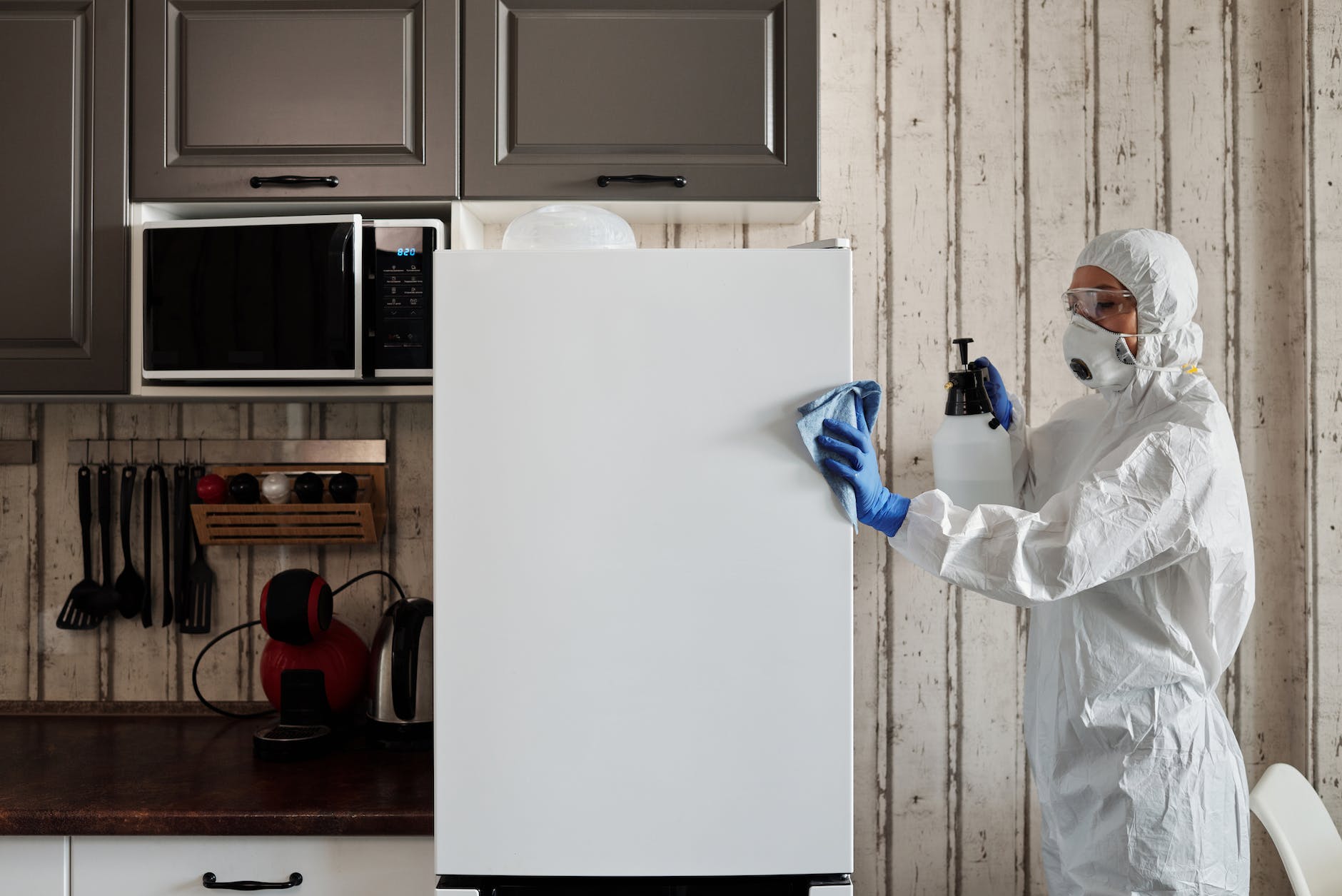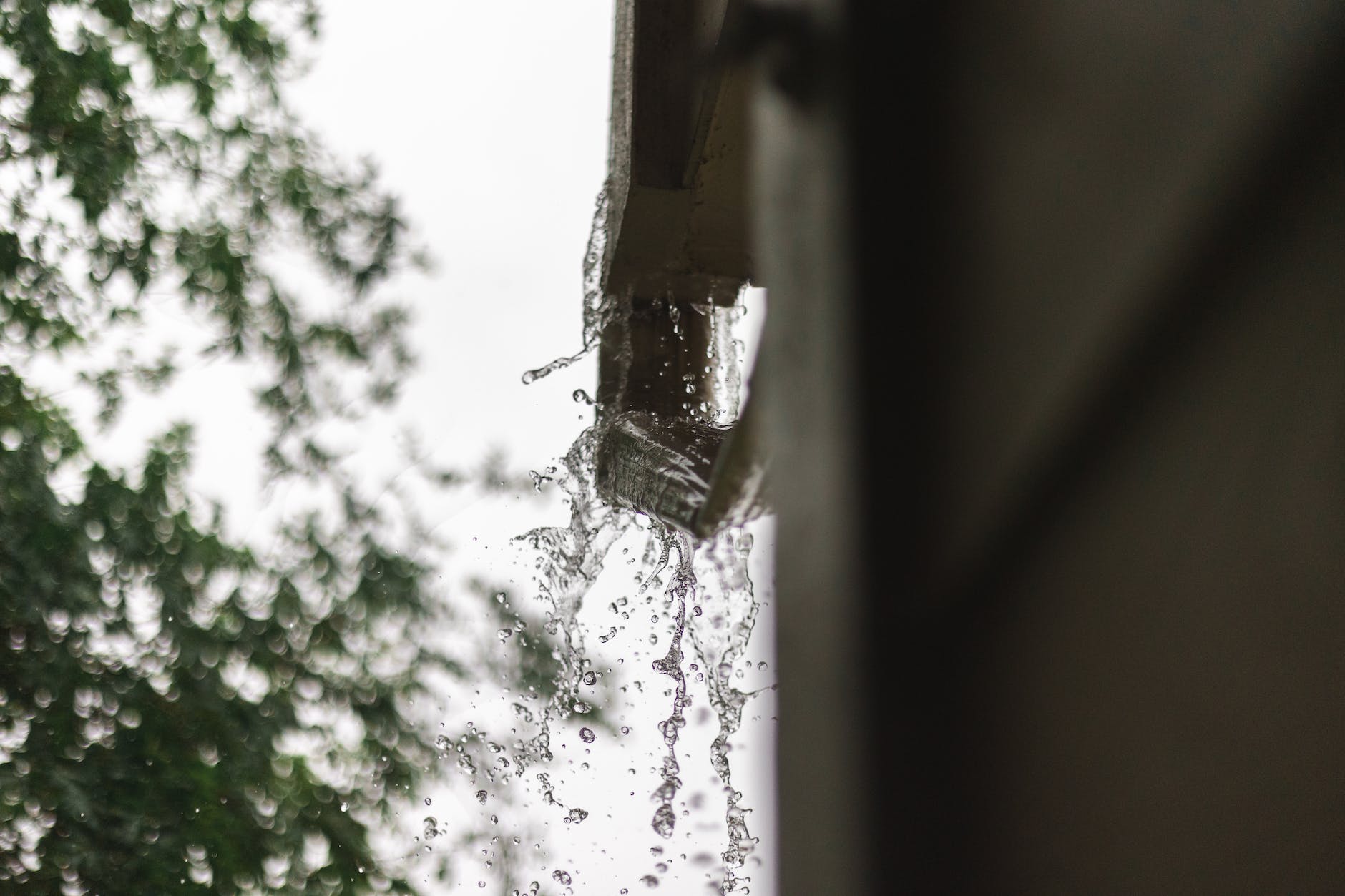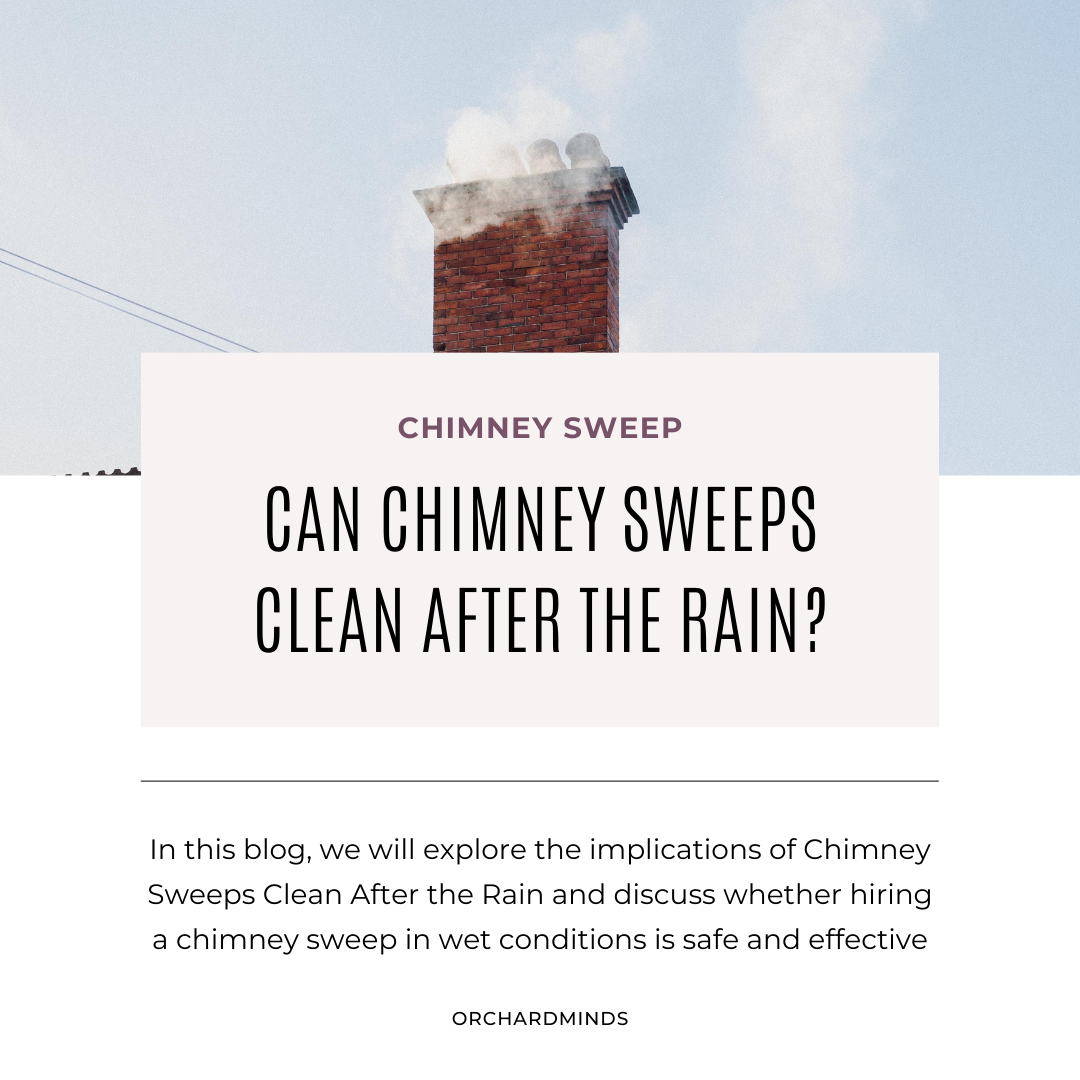Congratulations on taking the first step toward entrepreneurship if you’re considering starting your own cleaning services business! A well-thought-out business plan is your roadmap to success. In this blog, we’ll break down the essential components of a cleaning services business plan to help you get started.
Executive Summary for your cleaning services business plan
The executive summary is the first section of your business plan and serves as a snapshot of your cleaning services business. Here’s what each component should include in your cleaning services business plan:
Mission statement for your cleaning business
Your mission statement should define the core purpose of your cleaning business. It might be something like this in your cleaning services business plan, “Our mission is to provide high-quality cleaning services that promote cleanliness, hygiene, and a healthy living environment for our clients.”
Vision for your cleaning service
Your vision statement outlines your cleaning business’s long-term aspirations and goals. It might look like, “Our vision is to become the leading provider of eco-friendly cleaning solutions in our region within the next five years.”
Unique Value Proposition (UVP) about your cleaning service
Highlight what separates your cleaning services. This could be your eco-friendly cleaning products, highly trained staff, or a unique pricing model to be added in your cleaning services business plan.
Company Description
Provide a more detailed look at your cleaning services business:
History
Explain how your business came into existence. Did you identify a gap in the market, or was it a lifelong passion? Mention any key milestones you’ve achieved so far.

Location
Describe where your business is based and any expansion plans. If you have a physical storefront or office, provide its address.
Legal Structure
Detail whether your business is a sole proprietorship, LLC, partnership, or corporation. Explain the legal and tax implications of your chosen structure.
Achievements/Milestones
Mention any notable achievements, awards, or recognition your business has received. This could be related to customer satisfaction, growth, or industry-related accomplishments.
Team
Introduce critical members of your team, emphasizing their relevant expertise in the cleaning industry. This might include their background, certifications, and roles within the company.
Objectives
This section should outline your business goals and objectives in your cleaning services business plan
Short-Term Objectives
Specify what you aim to achieve shortly, typically within the following year. For example, “Increase our customer base by 20% within the next 12 months.”
Long-Term Objectives:
Outline your broader, multi-year goals. For instance, “Expand into neighboring cities within the next five years and establish a strong regional presence.”
SMART Goals
Ensure your objectives are Specific, Measurable, Achievable, Relevant, and Time-Bound. This makes them more transparent and easier to track.
Market Analysis
Understanding Your Target Market
Demographics: Identify the specific characteristics of your ideal customers. This includes age, gender, income level, location, and other relevant factors. A residential cleaning service might involve homeowners or renters in a certain income bracket, while a commercial cleaning service might target businesses in specific industries.
Preferences: Understand what your target market values in a cleaning service. Are they looking for eco-friendly products, flexible scheduling, or affordable pricing? Knowing their preferences can help you tailor your services accordingly.
Pain Points: Research and identify your potential customers’ problems or pain points. These could range from a lack of time to clean their homes to dissatisfaction with their current cleaning service provider.
Analyzing Your Competitors
Strengths and Weaknesses: Assess your competitors in the cleaning services industry. What do they excel at, and where do they fall short? This analysis can help you identify opportunities to differentiate your business. This must be added in your cleaning services business plan
Market Trends: Stay updated on industry trends. For instance, consider incorporating these into your services if there’s a growing demand for environmentally friendly cleaning products.
SWOT Analysis: Conduct a SWOT analysis (Strengths, Weaknesses, Opportunities, Threats) to get a comprehensive view of your competitive landscape. This can guide your strategy for entering the market.
Differentiation Strategy
Explain how you plan to stand out from the competition. This might involve offering unique services, exceptional customer service, or innovative pricing models. Highlight your strengths and what makes your cleaning services business unique in your cleaning services business plan.
Organizational Structure
Defining Roles and Responsibilities
Outline the roles and responsibilities of key team members. For instance, if you have a management team, describe their roles in decision-making, operations, and strategy. For a smaller cleaning business, detail how you’ll handle essential functions like cleaning, scheduling, and customer service.
Decision-Making Process
Explain how decisions are made within your cleaning services business in your cleaning services business plan. Is it a collaborative process involving all team members, or do specific individuals have decision-making authority? This clarity ensures smooth operations and prevents conflicts.
Management Hierarchy
If you have a hierarchical structure, provide a visual representation of it. This could be an organizational chart that shows the chain of command from top-level management to frontline employees.Its an important part in your cleaning services business plan
Cleaning Services
When describing the cleaning services you plan to offer, it’s essential to be comprehensive and transparent. Here’s how to approach this section:
Types of Cleaning Services
Start by specifying the types of cleaning services your business will provide. Common categories include:
- Residential cleaning (homes, apartments).
- Commercial cleaning (offices, retail spaces).
- Specialized cleaning (post-construction, industrial, and medical facilities).
Scope of Services
For each type of cleaning service, detail the scope of what’s included. For instance, in residential cleaning, you might offer general, deep, or move-in/move-out cleaning. You could provide daily maintenance, janitorial services, or one-time deep cleaning in commercial cleaning.
Additional Services
Mention any supplementary services you’ll offer. These might include windows, carpets, upholstery, or eco-friendly cleaning options. Highlight the benefits of these services, such as improved indoor air quality or enhanced aesthetics.
Eco-Friendly Options
If you emphasize eco-friendly cleaning, describe your commitment to environmentally safe products and practices. Explain the benefits of eco-friendly cleaning, such as reduced chemical exposure and sustainability.
Marketing and Sales
Your marketing and sales strategies are crucial for attracting and retaining customers. Here’s a detailed breakdown of this section:
Target Audience
Begin by defining your target audience. Be specific about demographics, location, and behavior. This will guide your marketing efforts in your cleaning services business plan.
Online Marketing
Detail your online marketing strategies. This might include a professional website showcasing your services, search engine optimization (SEO) to improve online visibility, and paid advertising on platforms like Google Ads or social media.
Offline Marketing
Explain your offline marketing efforts, such as local advertising in newspapers, flyers, or direct mail campaigns. Consider participating in community events or partnering with local businesses for cross-promotion.
Pricing Strategy
Describe your pricing strategy. Will you offer competitive pricing, premium services at a higher cost, or tiered pricing options? Make sure your pricing aligns with the value you provide.
Sales Process
Outline your sales process from lead generation to conversion. How will potential customers inquire about your services? Will you offer free estimates or consultations? Explain how you’ll handle inquiries, appointments, and bookings.
Customer Acquisition
Provide a plan for acquiring customers. This may involve strategies like offering promotions or discounts to first-time customers, referral programs, or loyalty discounts for repeat clients.
Customer Retention
Detail your strategies for retaining customers. Excellent customer service, consistency in cleaning quality, and regular communication with clients are vital factors. Consider implementing a scheduling system that ensures timely and convenient cleaning appointments.
Marketing Budget
Mention your budget for marketing and sales activities. Allocate resources to different marketing channels based on their expected return on investment.
Effective marketing and sales strategies are essential for growing your cleaning services business.
Be prepared to adapt and refine these strategies based on customer feedback and changing market dynamics to ensure your continued success in the cleaning industry.
Funding Requests
If you require external funding to launch or expand your cleaning services business add that in your cleaning services business plan, this section is critical for potential investors or lenders. Here’s how to approach it:
Funding Requirements
Begin by specifying the amount of funding you need. Be precise about how much capital is required to achieve your business objectives. For example, you might need funding for initial equipment purchases, marketing campaigns, or expansion into new markets.
Use of Funds
Explain how you intend to utilize the funds in detail. Break down the allocation of funds into categories, such as equipment purchase, marketing and advertising, staffing, office space, or any other specific needs. This demonstrates a well-thought-out plan for potential investors.
Repayment Plan
- If you seek a loan or investment, provide a clear repayment plan.
- Outline the loan terms, including interest rates, repayment schedules, and any collateral you offer.
- For investors, detail the expected timeline for their return on investment (ROI) and the percentage of ownership they’ll receive in exchange for their investment.
Return on Investment (ROI):
Explain how investors can expect to benefit from their investment. This might include projected revenue growth, profitability, or potential for equity appreciation. Make a compelling case for why your cleaning services business is a wise investment in your cleaning services business plan.
Financial Projections
Financial projections provide insight into your cleaning services business’s financial performance and sustainability. Ensure your projections are realistic and based on thorough research, this is also must in your cleaning services business plan:
Income Statements
These statements project your revenue and expenses over a specific period, typically three to five years. Include detailed revenue breakdowns, such as income from different types of cleaning services, and itemize operating expenses like payroll, supplies, and marketing costs.
Balance Sheets
Balance sheets show your business’s financial position at a specific time. They include assets (e.g., equipment, cash) and liabilities (e.g., loans, accounts payable). Provide multiple-year projected balance sheets to demonstrate your business’s financial stability.
Cash Flow Forecasts
Cash flow projections outline how money moves in and out of your business. Include details on when you expect to receive customer payments and when you need to pay expenses. Positive cash flow is crucial for covering operational costs and repaying loans or investors.
Break-Even Analysis
Calculate your business’s break-even point – the level of sales at which your revenue covers all expenses. This helps determine how quickly your cleaning services business can become profitable. This is also important in your cleaning services business plan.
Assumptions
Clearly state the assumptions underlying your financial projections. For example, assumptions might include projected growth rates, pricing strategies, and market penetration. Justify your assumptions with market research or historical data.
Sensitivity Analysis
Consider conducting sensitivity analysis to assess how changes in key variables (e.g., sales volume, pricing, expenses) impact your financial projections. This shows that you’ve considered potential risks and uncertainties.
Historical Data/Benchmarks: Use historical financial data, if available, or industry benchmarks to support your projections. This adds credibility to your financial forecasts.
Remember that potential investors and lenders will scrutinize your financial projections to evaluate the feasibility and profitability of your cleaning services business.
Be as transparent and accurate as possible, and be prepared to explain your assumptions and reasoning during discussions with potential stakeholders.
Appendix
The Appendix section of your cleaning services business plan serves as a repository for supplementary information that supports the main components of your plan.
Here’s a detailed breakdown of what you can include in the Appendix:
Market Research Data
Detailed market research reports, surveys, or studies that provide insights into your target market’s size, trends, and growth potential.
Customer personas or profiles developed through market research.
Competitive analysis reports with information on competitors, their market share, and strategies.
Resumes and Biographies:
Resumes or CVs (Curriculum Vitae) of crucial team members, including their educational backgrounds, work experience, and relevant skills.
Bios of the founders or management team with a focus on their expertise in the cleaning industry.
Legal Documents:
Copies of business licenses, permits, and registrations are required for operating a cleaning services business in your jurisdiction.
Contracts, agreements, or legal documents related to partnerships, leases, or supplier relationships.
Any intellectual property rights documentation, such as trademarks or patents.
Financial Documentation:
Historical financial statements, including income statements, balance sheets, and cash flow statements for the past few years (if applicable).
Financial projections in spreadsheet format, including detailed assumptions, support your business plan’s financial section.
Tax returns, if available and relevant.
Marketing Collateral:
Samples of marketing materials, such as brochures, flyers, or business cards.
Examples of online marketing assets are website screenshots or social media profiles.
Customer Testimonials
Positive feedback, reviews, or testimonials from previous clients can help build trust and credibility with potential investors or lenders.
Photographs and Visuals:
High-quality images of your cleaning services in action, before-and-after photos, or visuals that illustrate your business’s capabilities.
Appendix Table of Contents:
Include a table of contents for the appendix section to help readers locate specific documents or information quickly.
Additional Research and Data:
Any additional research or data that supports your business plan, such as industry reports, articles, or market trends data.
References and Citations:
If you’ve referenced external sources or conducted in-depth research for your plan, provide a list of references and citations to show your information and data sources.
Common FAQ about cleaning services business plan
What are the essential steps to start a cleaning services business?
Starting a cleaning services business typically involves these key steps:
- Research the market and competition.
- Create a detailed business plan.
- Register your business and obtain the necessary permits.
- Secure funding or initial investment.
- Purchase cleaning equipment and supplies.
- Develop a pricing strategy.
- Market your services and build a client base.
- Hire and train employees if needed.
Do I need any specific qualifications or certifications to start a cleaning business?
Generally, you don't need formal qualifications to start a cleaning services business. However, certifications or training in cleaning techniques, safety protocols, and the proper use of cleaning chemicals can enhance your credibility and marketability. Additionally, some states or regions may require specific licenses or permits, so it's essential to research local regulations.
How do I determine pricing for my cleaning services?
Pricing for cleaning services can vary based on factors like location, service type, cleaning frequency, and market demand. It's essential to consider your costs, including labor, supplies, overhead, and desired profit margins. Conduct market research to understand pricing trends in your area and be competitive while ensuring your prices cover your expenses and generate profit.
What marketing strategies work best for a cleaning services business?
Effective marketing strategies for a cleaning services business include:
- Building a professional website with clear service descriptions and contact information.
- Utilizing online marketing through social media and online advertising.
- Networking with local businesses and real estate agents for referrals.
- Offering promotions or discounts to attract new customers.
- Encouraging satisfied customers to leave reviews and referrals.
- Leveraging community involvement and word-of-mouth advertising.
How can I ensure the safety of my cleaning staff and clients, especially during the COVID-19 pandemic?
Safety is paramount, especially during a pandemic. Consider implementing these measures:
- Provide your staff with personal protective equipment (PPE) such as masks and gloves.
- Use EPA-approved cleaning products and disinfectants.
- Follow established safety guidelines and stay informed about public health recommendations.
- Communicate with clients about your safety protocols and ensure they feel comfortable with your services.
- Train your staff on infection control measures and proper cleaning techniques.
What are some potential pain points for customers of a cleaning services business?
Customers of a cleaning services business may encounter several pain points that can affect their overall satisfaction. Firstly, pricing can be a significant concern. Some cleaning companies charge high fees, leaving customers feeling financially burdened. Additionally, scheduling can be an issue as customers may struggle to find a convenient time slot that aligns with their busy lives, leading to frustration.
Quality and consistency of service are critical pain points as well. Inconsistent cleaning standards or unreliable staff can lead to dissatisfaction. Furthermore, security and trust can be a worry, as customers often let cleaners into their homes, necessitating background checks and ensuring the safety of their personal belongings.
Lastly, communication is vital. Ineffective or poor communication between the cleaning service and the customer can lead to misunderstandings, missed appointments, and unresolved issues. Addressing these pain points is crucial for cleaning services to build trust and retain their customer base.
How does one conduct a SWOT analysis for a cleaning services business?
Conducting a SWOT analysis for a cleaning services business involves evaluating its internal strengths and weaknesses and external opportunities and threats. Firstly, assess the strengths: the company's skilled and trained cleaning staff, a solid reputation, and a wide range of service offerings can all be considered assets. Conversely, weaknesses might include high turnover among employees or outdated cleaning equipment.
Next, analyze the opportunities:
- Growing demand for eco-friendly cleaning services.
- Expanding into new markets.
- Introducing innovative cleaning technologies could be advantageous.
Lastly, consider the threats: increased competition, economic downturns affecting customers' budgets, or negative online reviews can pose challenges.
To conduct a SWOT analysis effectively, gather data, involve key stakeholders, and prioritize actionable strategies based on the findings to improve the cleaning services business.
How should a cleaning services business handle essential functions like cleaning, scheduling, and customer service?
Due to its efficiency and real-time capabilities, a cleaning services business should leverage software for essential functions like scheduling and customer service. Scheduling software streamlines booking prevents conflicts, and ensures efficient resource allocation, while CRM tools enhance customer service by tracking preferences, automating communication, and personalizing interactions.
This not only saves time but also improves customer satisfaction and loyalty. Additionally, the software offers data analytics for informed decision-making, scalability to accommodate growth, and a competitive edge by showcasing professionalism and reliability, making it the ideal choice for a modern cleaning services business.
Starting a cleaning services business can be rewarding, but thorough research, planning, and commitment to quality and safety are essential for success.
Always seek legal and financial advice to ensure compliance with local regulations and sound business practices.








